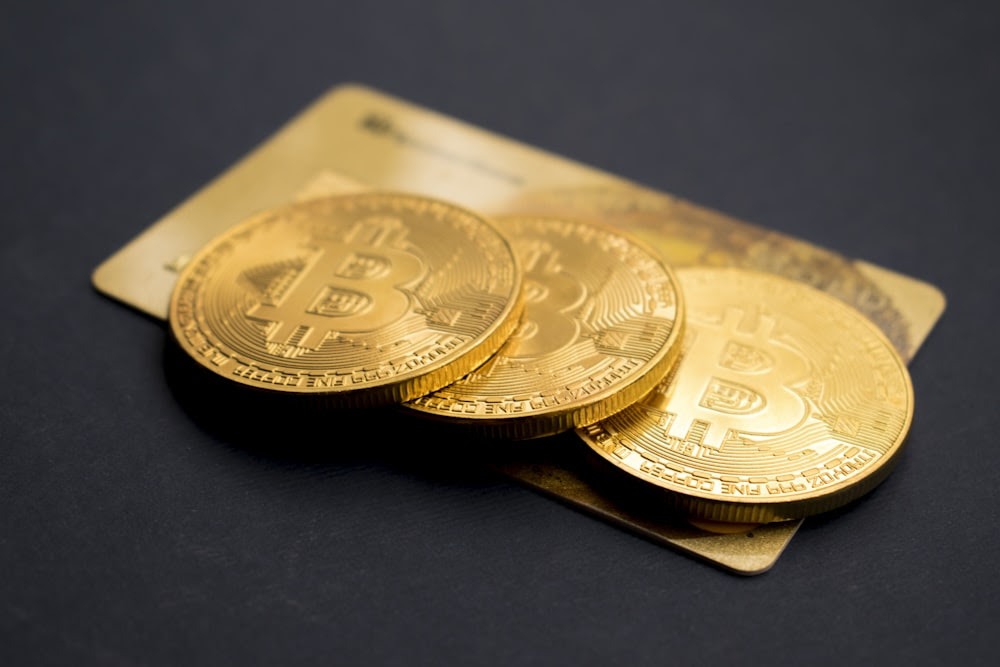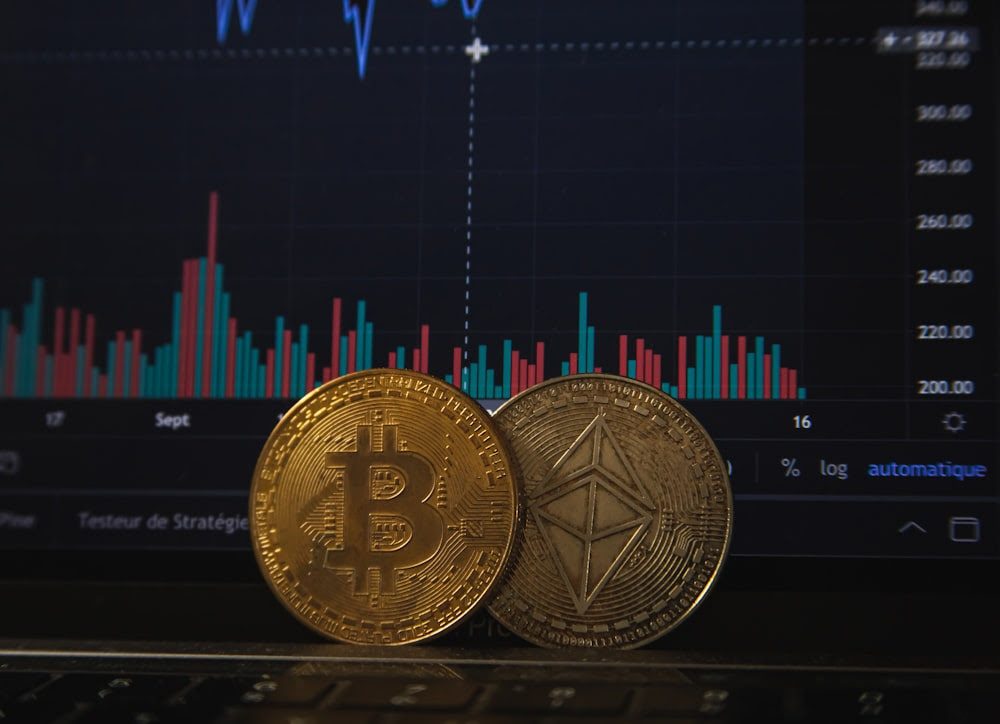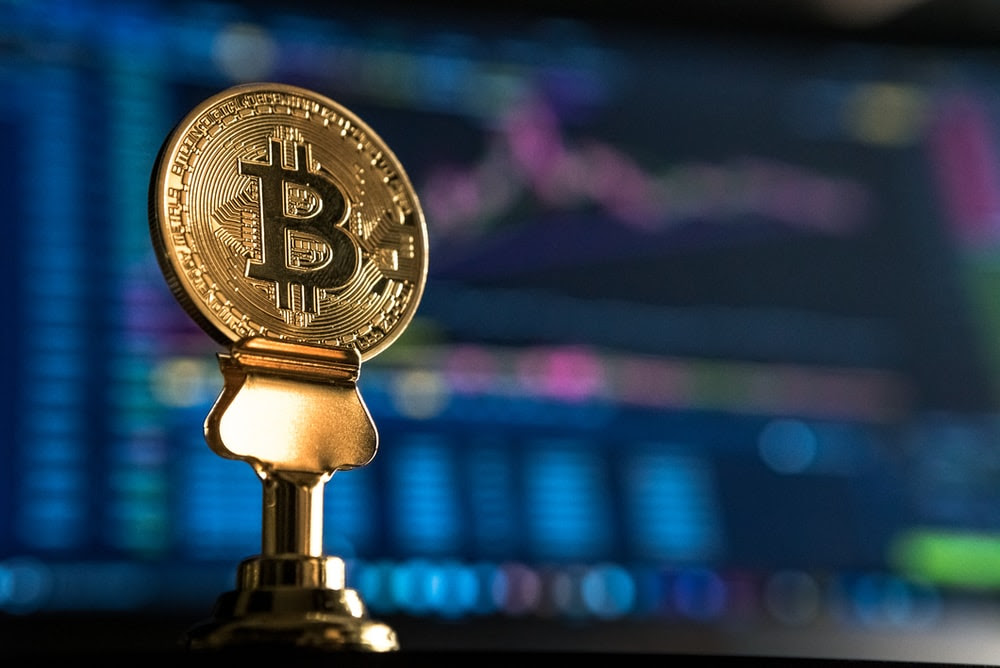Bitcoin is an immaterial currency, hence the name crypto-currency, which can be used to buy goods on the Internet or from merchants without depending on a central bank or financial institution.
This independence and freedom from banks and institutions mean that bitcoin is emerging as an alternative, decentralized, over-the-counter financial and monetary system that could supplant the traditional banking system.
While the virtual world is often criticized for its shortcomings in terms of data protection, the principle of creation of bitcoins based on the transmission of blocks by chain is very secure and transparent, so each transaction constitutes a unique block that is added to another block already created.
However, the creation of bitcoins is not totally free, there are currently a little more than 18.5 million bitcoins in circulation, compared to 10 million in 2013, out of a total of 1,000 billion bitcoins in circulation worldwide. As the amount of bitcoins in circulation is defined by a network of servers, the algorithm used to manage transactions already predicts that the number of bitcoins in circulation in 2140 will be 21 million.

The success of bitcoin threatens the system, which could soon reach saturation given the ever-increasing number of transactions to be made. Solutions are expected to come from innovations that can absorb more traffic, such as Bitcoin Cash, which allows blocks of the chain to be validated more quickly and at a lower cost, but requires much more computing power than traditional bitcoin.
The algorithm behind Bitcoin provides for the creation, or mining, of Bitcoin in batches of 25, and for a reward for the computational effort expended in mining the Bitcoins. As the mathematical complexity increases with each creation and the resources required become exponential, the supply of bitcoin remains and will always remain limited. The rise in the price of Bitcoin is explained in particular by the decreasing level of rewards, halved every four years, which makes it a rare and therefore expensive product, but subject to strong speculation.
Faced with the computer power needed to mine bitcoins, miners have become professionals with warehouses of thousands of square meters to store and avoid overheating servers. The creation of bitcoins concerns the whole planet but is particularly developed in China which represents 80% of the creation of bitcoins. Once Bitcoin is mined, available virtually and based on over-the-counter exchange agreements, it could become a full-fledged currency because it has the main characteristics of a currency.
However, it still needs to gain the trust of consumers to constitute a true exchange network in which bitcoin would be used for any type of goods and services. While some countries, such as Japan, have recognized Bitcoin as a method of payment, the number of merchants accepting this currency remains limited in most countries and is often restricted to the Internet.

From then on, payment can be made using a QR code provided by the seller or the option to pay with bitcoins on the merchant site. Given the encryption and its uniqueness, transactions are secure, but the hacking of wallets is more common than with any type of internet account.
From then on, the interest in having bitcoins is as an alternative value to the euro or the dollar for example or as a replacement for currencies that are regularly the object of speculation, control or devaluation and this is notably the reason for the success of bitcoin in China. Another attraction is its high volatility and the prospect of quick profits for a currency that is likely to remain scarce. Thus the value of bitcoin has been multiplied by 134 in 5 years between 2016 and 2021 but it can also fall sharply between 2017 and 2018 when it fell by more than 80%.
At present, bitcoin is primarily a speculative tool and not a stable currency. In 2015, the United States classified bitcoin as a commodity, the first step towards recognition by financial institutions.
Some companies have started to specialize in managing portfolios in crypto-currencies, such as LLC or ITbits in the United States or France by buying bitcoins directly via platforms, such as Poloniex or Coinbase for example, buy financial products composed of bitcoins offered by online brokers, such as eToro or IG, or in index products listed on the stock exchange via Exchange Traded Products (or ETPs).
Conversely, it is possible to sell bitcoins via an exchange platform such as Kraken, Coinbase or Bitstamp for example or directly to someone who already has a portfolio. However, it is unlikely that bitcoin and other virtual currencies, such as Ethereum or Litecoin, will supplant traditional currencies as they remain primarily a niche product for the time being and are beginning to face competition from other players who wish to launch their own virtual currencies, be it GAFAMs or financial institutions such as the Bank of France with the central bank digital currency (MDBC).
https://www.cafedelabourse.com/dossiers/article/bitcoin
The main disadvantages of these virtual currencies remain their highly speculative nature, their volatility and the weak connection with the real economy. But the main reproach lies in their energy-consuming character requiring computers that run 24/24. Thus, the consumption of bitcoin miners is equivalent to the electricity consumption of a country like Ukraine or Argentina.
According to the University of Cambridge, if bitcoin were a country, it would rank 28th in terms of electricity consumption. Knowing that the majority of miners are Chinese and that the majority of electricity produced in China comes from coal, it is possible to deduce the environmental impact of crypto-currencies.
However, the use of renewable energy such as hydroelectricity to mine currencies is becoming more popular, especially in countries where this electricity is affordable, such as Canada and Quebec in particular. However, the environmental footprint of traditional money, which requires energy to manufacture, print and transport it, or that of the extraction and processing of safe-haven assets such as gold, can sometimes be greater than that of crypto-currencies.
But the environmental impact of e-currencies will depend greatly on how they evolve, whether they remain niche currencies, become more popular or whether countries do not take over and create their own virtual currency. Reflections are underway in Canada and the United States and are already more advanced in China.https://www.lapresse.ca/affaires/economie/2021-04-26/la-planete-economique/un-pollueur-le-bitcoin.php



Comment here